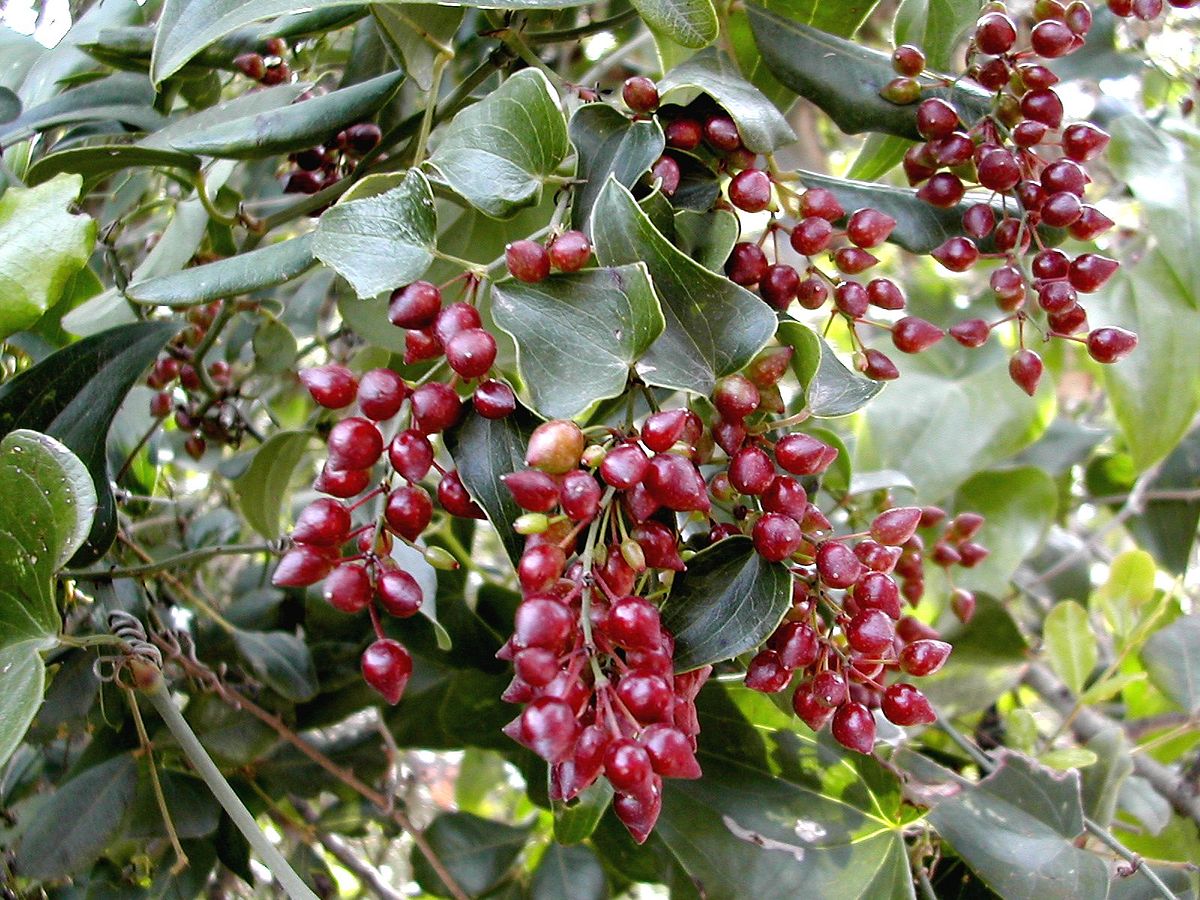Wild species of plants are those that grow naturally in their native habitats, without human intervention. These plants have adapted over time to survive in their specific environments and are often referred to as “native” species. Wild plants can be found in a variety of ecosystems, such as forests, grasslands, wetlands, and deserts.
On the other hand, other species of plants are those that have been domesticated or cultivated by humans for various purposes. These plants may have been selectively bred to enhance certain desirable traits such as yield, disease resistance, or taste. Examples of these types of plants include crops like wheat, corn, and rice, as well as ornamental plants like roses and lilies.
One key difference between wild and other species of plants is that wild species have not been subjected to human manipulation or selection. As a result, they may have a wider range of genetic diversity and exhibit unique adaptations to their native environments. In contrast, other species of plants have been selectively bred for specific traits and may have less genetic diversity than their wild counterparts.
Another difference is that wild species are generally better adapted to their specific habitats and are less susceptible to disease and pests. Domesticated plants, on the other hand, may require more care and attention to maintain their health and productivity.
Overall, wild species and other species of plants have different characteristics and roles in the natural world and in human society. Wild species are crucial for maintaining ecosystem health and biodiversity, while other species of plants are mainly used for providing food, fibre, and other resources for human use.
References
– Biodiversity International. (2021). Wild species. https://www.bioversityinternational.org/what-we-do/biodiversity/wild-species/
– Missouri Botanical Garden. (n.d.). Native vs. non-native plants. https://www.missouribotanicalgarden.org/gardens-gardening/your-garden/help-for-the-home-gardener/habitats/native-vs-non-native-plants.aspx
– Pimm, S. L., Jenkins, C. N., Abell, R., Brooks, T. M., Gittleman, J. L., Joppa, L. N., … & Sexton, J. O. (2014). The biodiversity of species and their rates of extinction, distribution, and protection. Science, 344(6187), 1246752. doi: 10.1126/science.1246752
– Smithsonian National Museum of Natural History. (n.d.). Wild vs. domesticated plants. https://naturalhistory.si.edu/exhibits/wild-vs-domesticated-plants/
This article is copyrighted by Ital is Vital, 2025. Want to re-post this article? Visit our guidelines.
DISCLAIMER: THIS WEBSITE DOES NOT PROVIDE MEDICAL ADVICE
The information, including but not limited to, text, graphics, images and other material contained on this website are for informational purposes only. The purpose of this website is to promote broad consumer understanding and knowledge of various health topics. It is not intended to be a substitute for professional medical advice, diagnosis or treatment. Always seek the advice of your physician or other qualified health care provider with any questions you may have regarding a medical condition or treatment and before undertaking a new health care regimen, and never disregard professional medical advice or delay in seeking it because of something you have read on this website.
